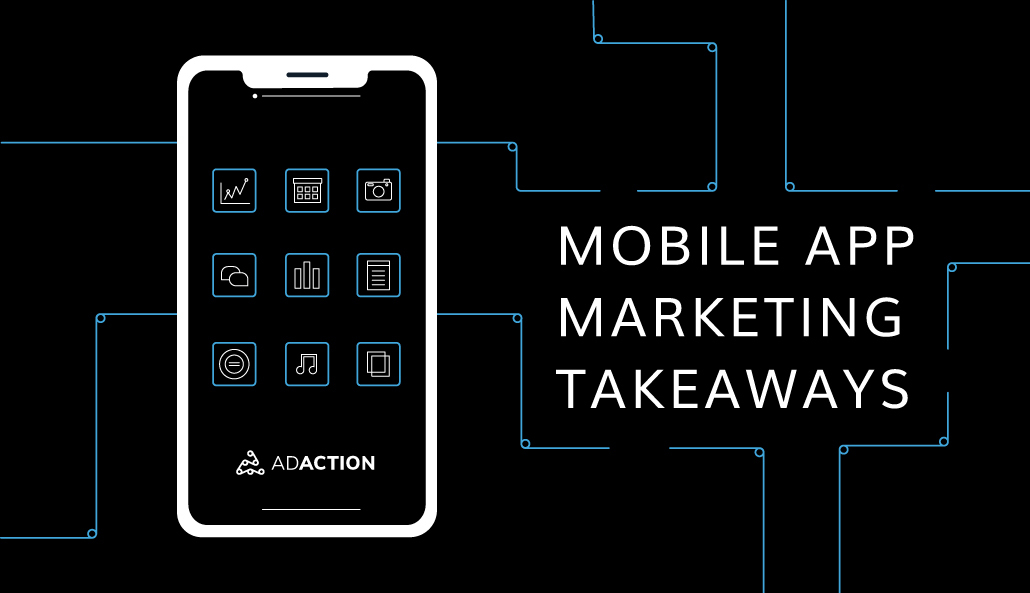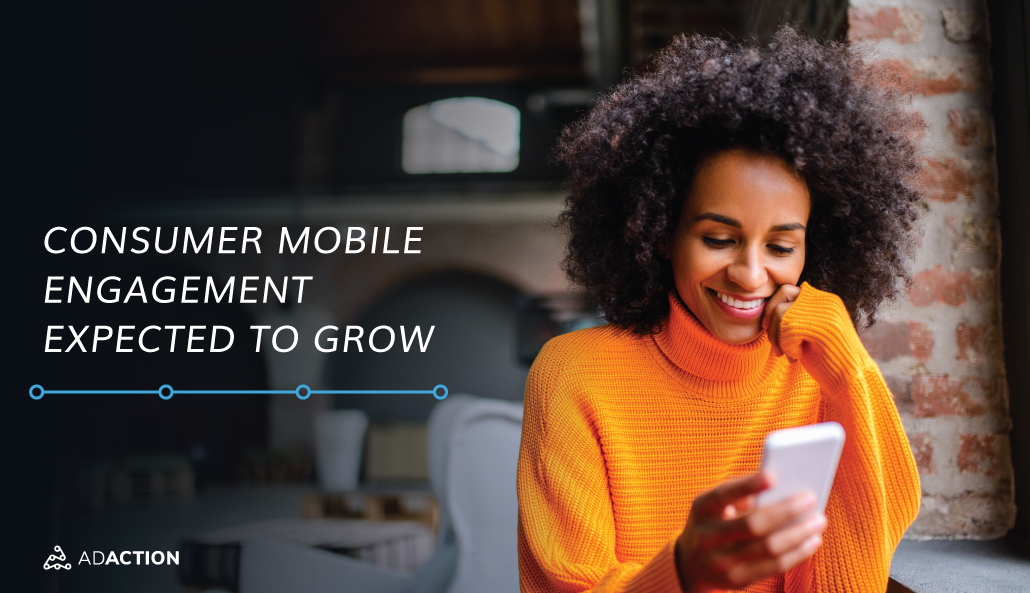After a record year of consumer mobile engagement with brands, will 2021 continue this trend or plateau? While the country continues to reopen, will consumers ditch their smartphones for in-store shopping? Not likely, according to a Forrester report, The Future of the Empowered Consumer in the U.S.
In this post, we’ll break down the findings and offer tips on how to acquire and retain users.
Report Shows New Buyer Behaviors Likely to Stay
While the pandemic forced consumers to adapt to new models, including eCommerce and BOPIS (buy online pick up in-store), will these new habits stick? Lots of research on consumer behavior and mobile app engagement point to yes. The Forrester report solidifies this hypothesis with this key finding. Over half (54%) of consumers are likely to engage more with brands online in the next 12 to 24 months.
Buyer Persona Groups Changing
There are new groupings of digital purchasers. The most empowered group that drives demand for innovation in products and experience is Progressive Pioneers. Those that choose digital purely for convenience are Convenience Conformers. Those innovation-adverse groups, Settled Survivors and Reserved Resisters, round out the personas.
Currently, 20% of consumers are Progressive Pioneers, while 44% are Convenience Consumers. The latter groups make up 21% of consumers, falling significantly from 35% in 2015.
What Do Empowered Customers Expect from Mobile Engagement?
Empowered customers are growing their influence on the buying journey, and brands need to take notice. They expect seamless digital experiences in the app. They are tech-savvy and won’t stick around if the user experience (UX) is bad.
However, the data points out that these consumers want both online and offline interactions. It’s not an either-or but a need for omnichannel. That leads to opportunities within the app to connect across the spectrum.
Many apps want to provide better personalization to support this. The barrier here is the consumer herself, as 57% of them said they’d forego marketing personalization to protect privacy.
Balancing all these expectations and needs, how can companies grow user acquisition (UA) and retention in their apps?
Mobile App Marketing Takeaways for Consumer Mobile App Engagement


Data-driven decisions are always critical for mobile app marketing. While you’re usually looking at internal insights to do this, outside data like this study can be a catalyst for strategies. Based on what we know about changing buying behaviors and greater app usage and adoption, these tactics will support UA and retention.
Tie digital activity to in-store experiences
As noted, consumers want a mix of online and in-store interactions. By integrating the two, your users have a reason to stay on the app to facilitate in-store activities.
This can be as simple as ensuring curbside or BOPIS is an option on your app to offering in-store experiences, such as makeup tutorials or fittings for clothes or sports equipment.
Give app users special promotions
To stay engaged on the app, incentives matter. However, it doesn’t necessarily need to be promotions or discounts. Another fascinating tidbit from the Forrester study is that Progressive Pioneers want to shop with brands that help their community. An idea would be to match purchases to donations to local charities.
This type of campaign would work well on social media. It would also work well with CPE (cost per engagement) models, in which the “event” is either a purchase or possibly just a registration on the app.
Boost app features with VR and AR
VR (virtual reality) and AR (augmented reality) bridge the gap between online and in-store. Many big brands are leveraging this technology, including Sephora and IKEA. Users can try out products from how a couch would look in their living room to experimenting with eye shadow. This interaction and research can either prompt them to purchase in the app or go to the store. Be sure you have strong inventory management so that if the customer wants to buy in-store, it’s actually there.
When you add new features to your app, be sure to include those in-app store descriptions to improve ASO (app store optimization). It could make the difference on whether someone shops with you or your competitor.
Engage by being non-intrusive
App engagement is a tricky path, especially when it comes to in-app advertising. Whether ads or about your products or someone else’s, they can diminish UX. Instead, engage in the most non-intrusive way with offerwalls.
Offerwalls are excellent for early, medium, and deep events. Users choose to interact with offerwall and complete events for rewards. As discussed earlier, those rewards don’t always have to be coupons; they could be community-related contributions.
Gain a high volume of users with a keyword burst campaign
Another strategy specific to UX is a keyword burst campaign. It requires a healthy, concentrated investment for a short period. Typically, app burst campaigns can drive considerable traffic to the app. The additional good news is it can boost your rankings, leading to additional organic uplift.
The key to capitalize on consumers with high mobile engagement is to rethink keywords. Get into the head of a user that needs products you offer. How will you differentiate? Options include AR or VR keywords or some other phrasing that’s about an experience or expectation beyond just the standard words of what your app represents.
How Will Your App Win at Mobile Engagement?
The data is clear; consumers will continue to use their mobile devices to shop and get to know brands. Delivering exceptional experiences and sharing your brand story will matter regarding if they use and remain on your app.
To optimize your chances to grow market share with engaged consumers, you can rely on our mobile app marketing experts. Get in touch today to explore the possibilities of performance-based marketing.


